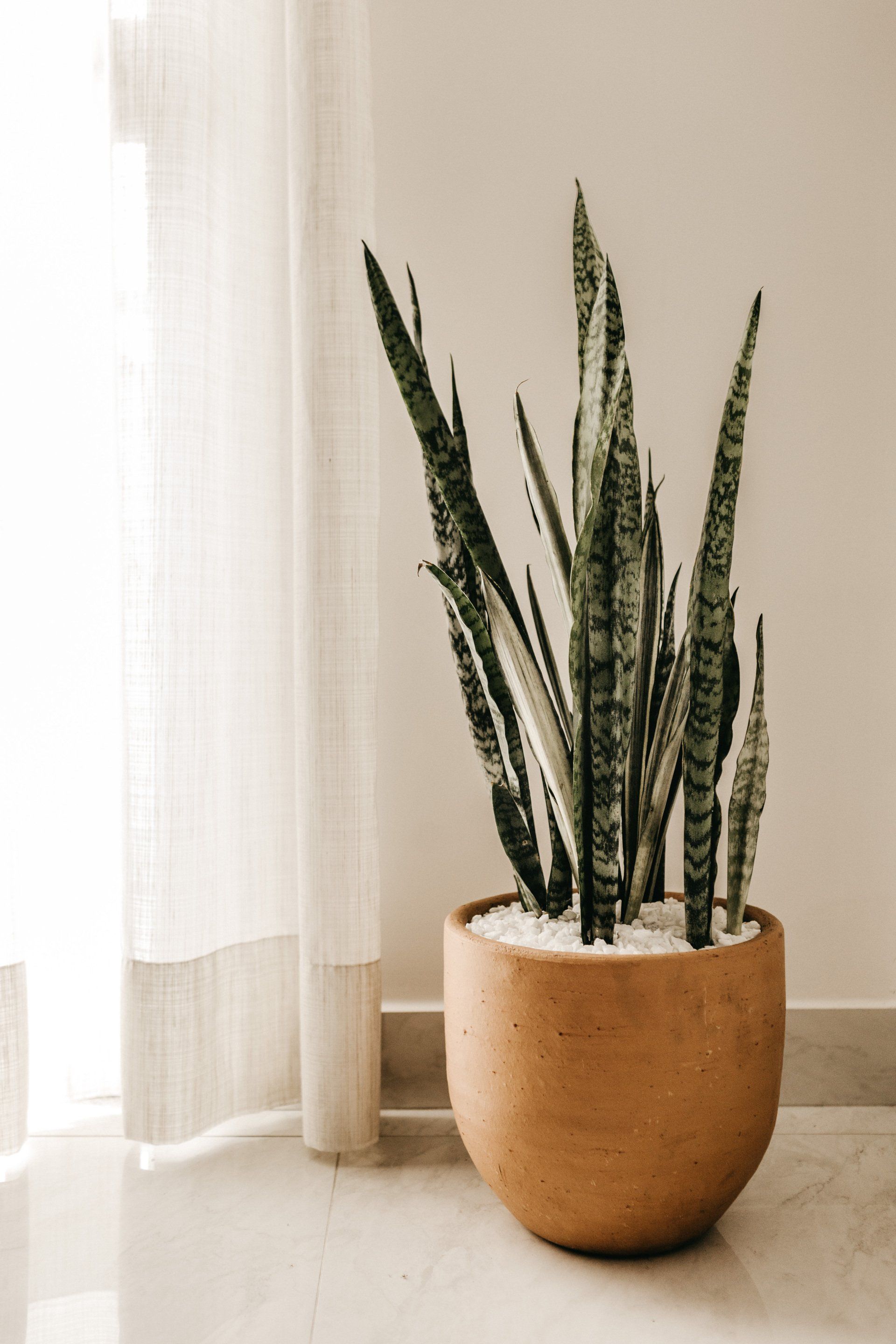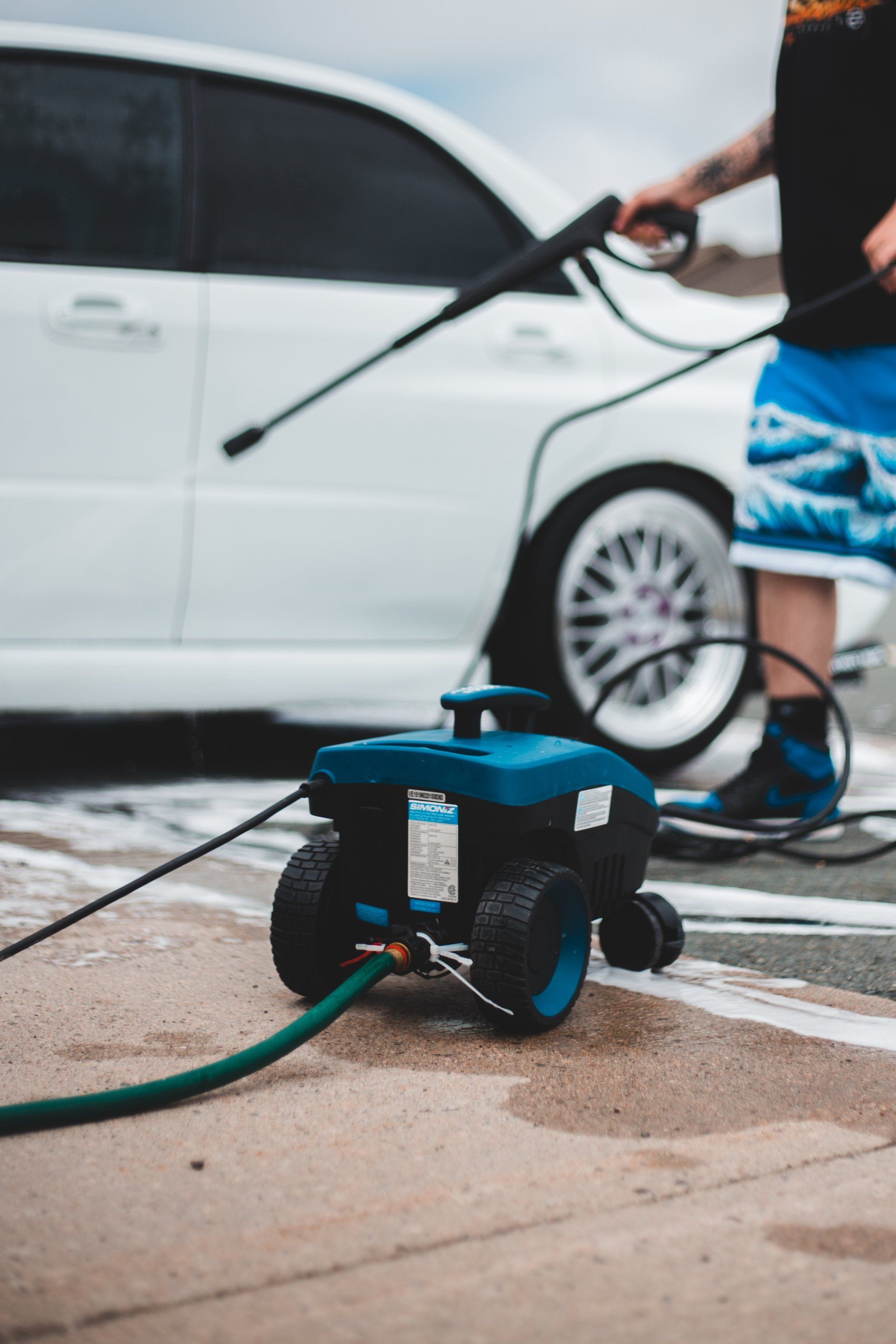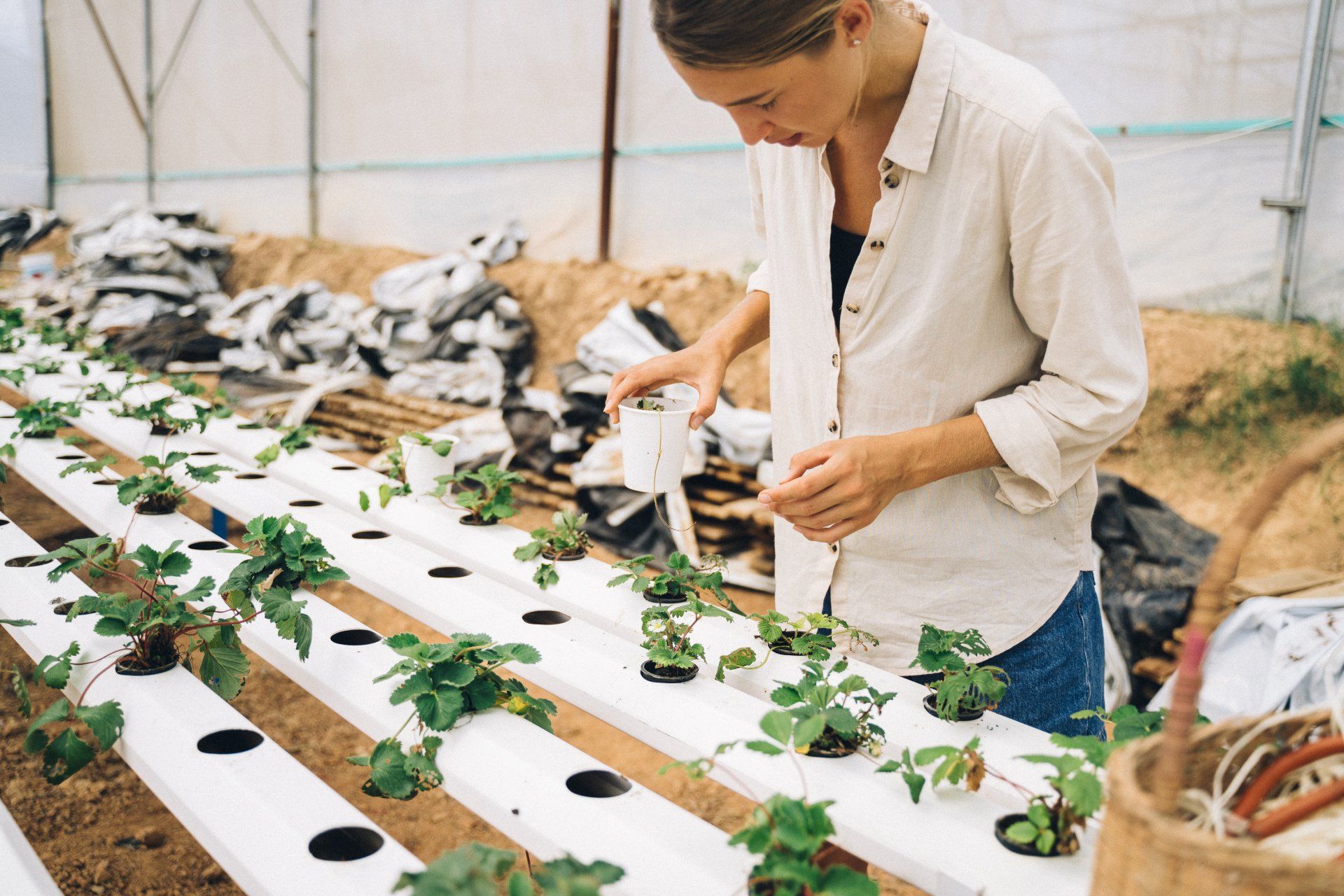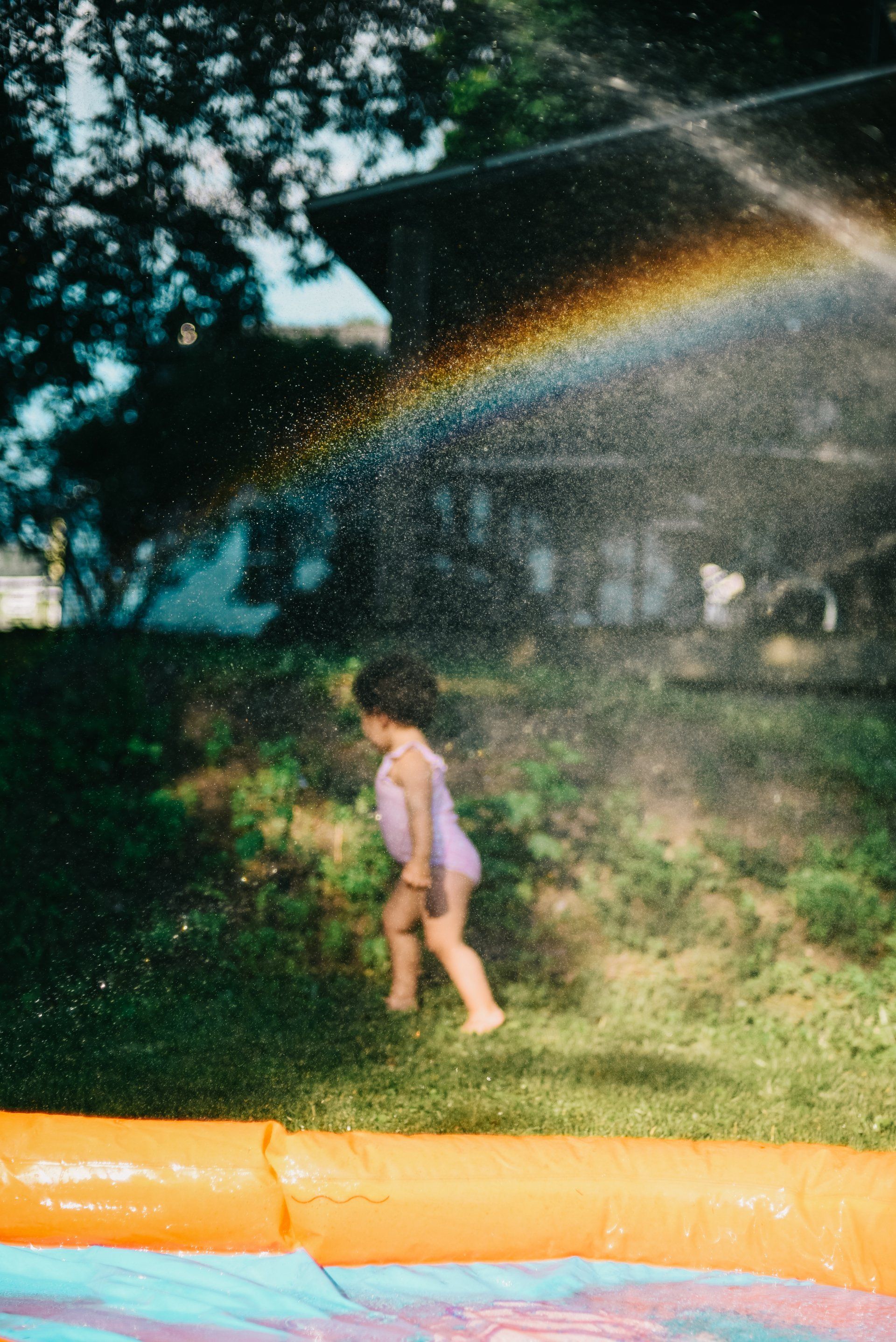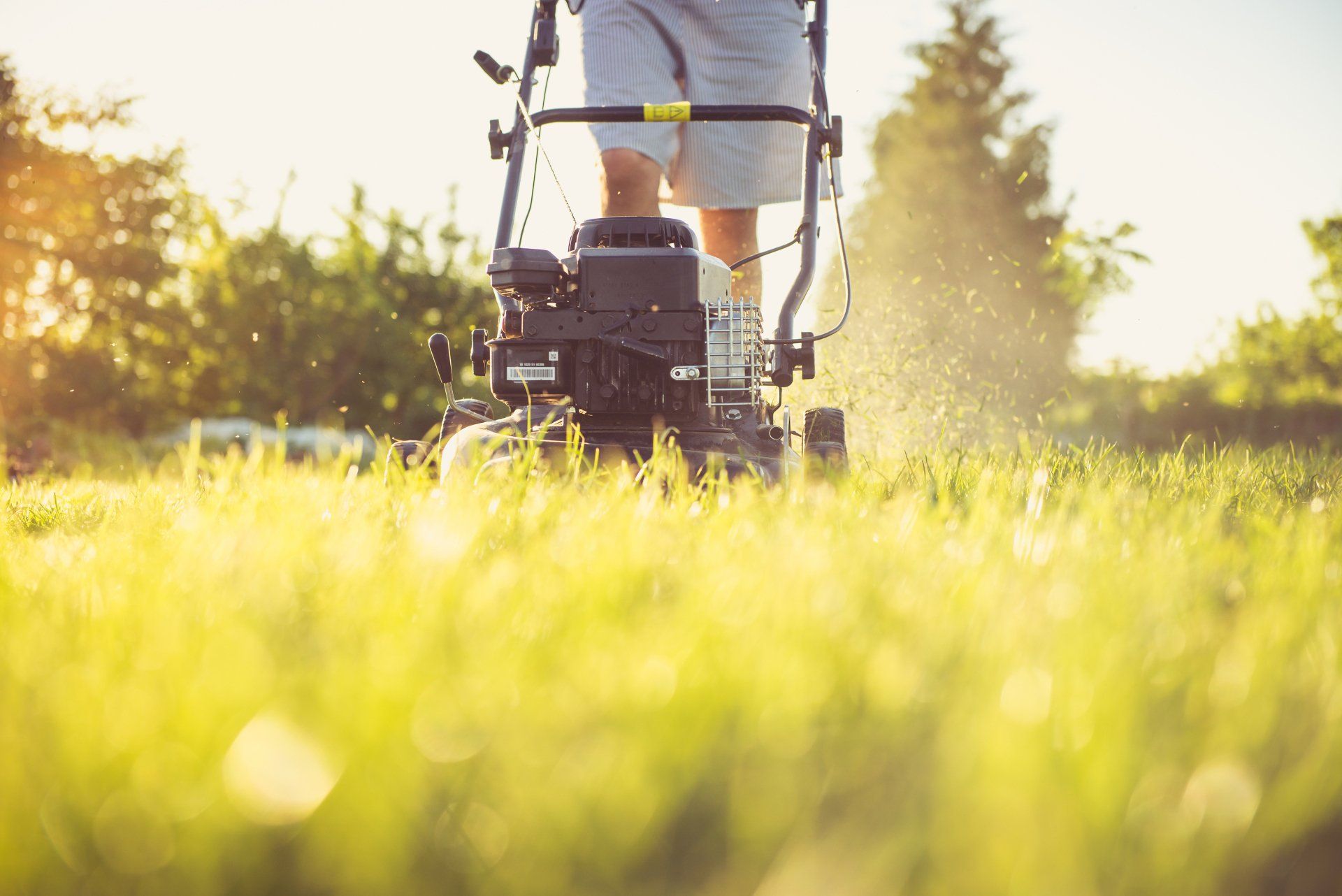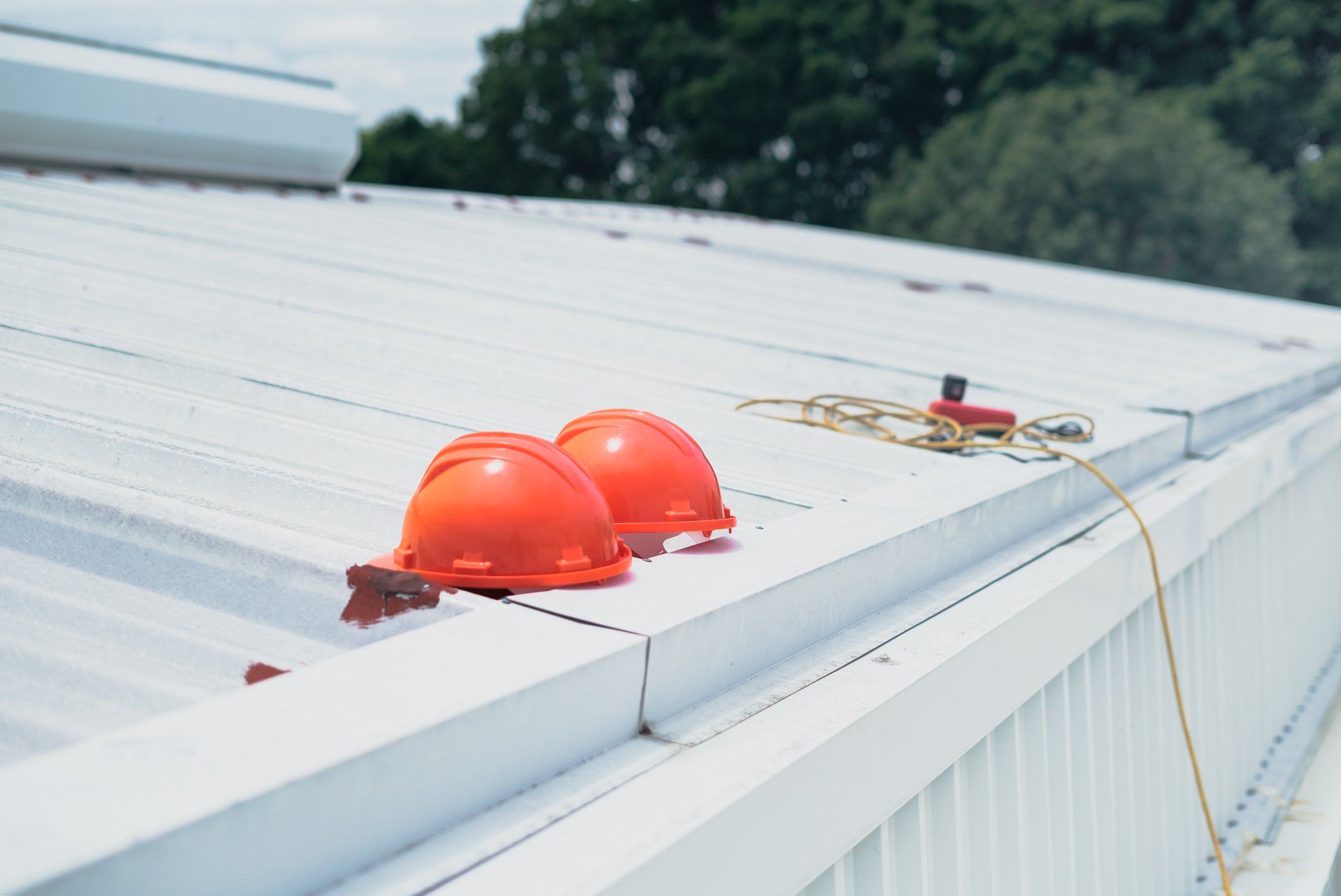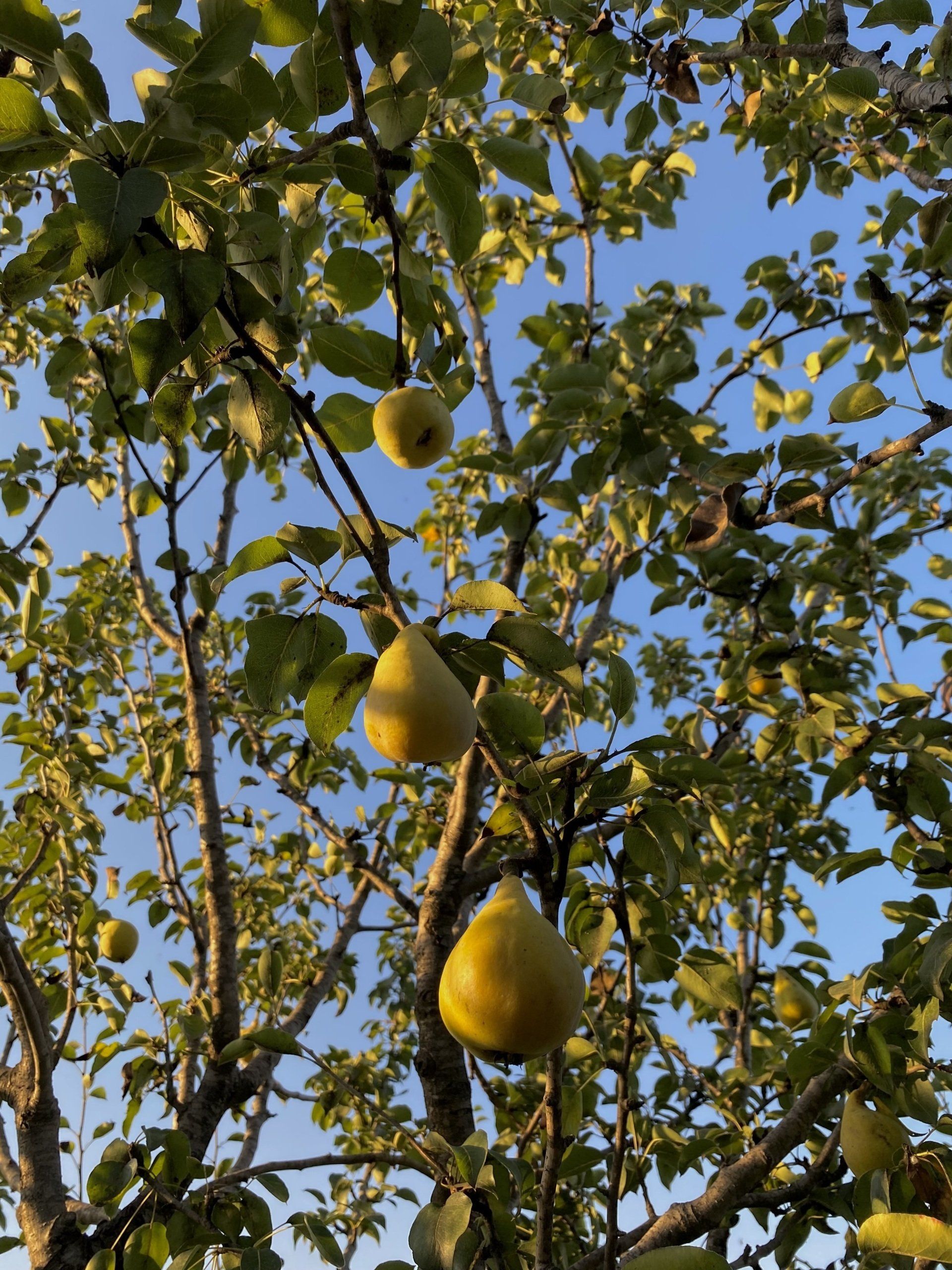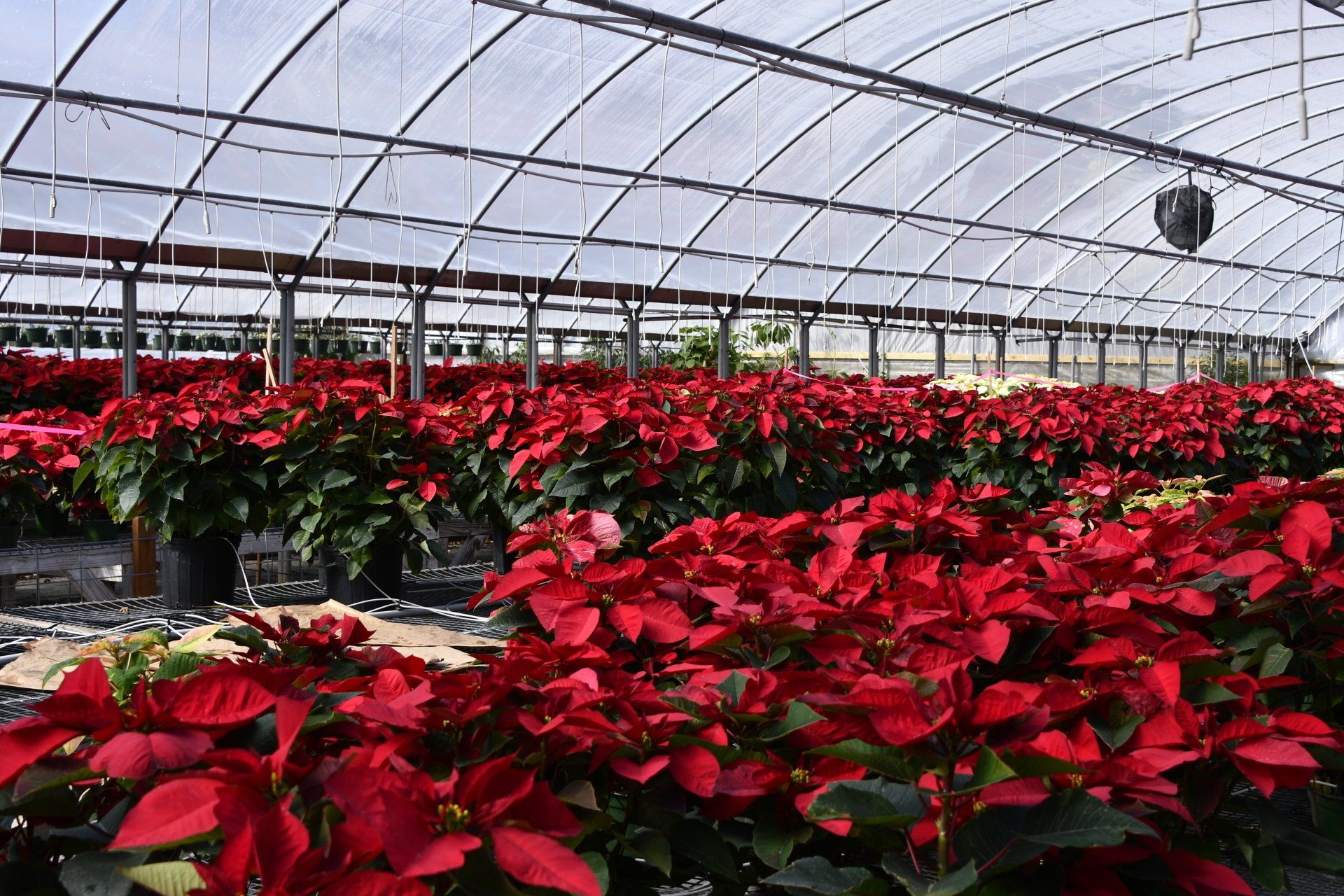How to Create Your Own Backyard Pond
How to Create Your Own Backyard Pond
A backyard water feature will bring you closer to nature. You can make a unique oasis that everyone will enjoy. There are so many design options.
Choose your Location
Once you have made your decision to build a pond, select the location according to the following:
- Sunlight is important for your pond to thrive. Although it’s not essential that your pond is in direct sunlight, at least six hours per day will make it more attractive.
- Power source. The pump and filter operate on electricity. Therefore, choose a spot at a distance from any source of power.
- Surroundings. To make it easier to maintain, choose a location where you can access the pond from all sides. You will need to have enough room to move around and away from fallen leaves that could clog your filter.
- Underground pipes and cables. Get in touch with your local utility to verify that you aren't building or digging! Your pond can’t be placed over existing lines or cables.
Select the Size
What size do you want your water pond to be? Do you want to have a koi pond or a water garden? Will you be adding water features such as a waterfall or fountain? A water garden should have a depth of at least 18 inches, while a koi-pond must be a minimum depth of three feet.
Choose the Shape
You should verify that gas and electric lines are not in your path before you begin digging. Once the lines have been marked, spray paint will be used to outline the shape and dimensions of your pond. If you want a waterfall, create the elevation at the desired place and then cascade downwards as per your plan.
Start Digging
You can excavate small ponds by hand. Professional assistance and equipment are required for larger ponds. For added dimension and different types, you might consider adding shelves to the sides. After digging, line the hole in the sand and smoothen it.
Insert Your Liner
With the smooth side facing down and the textured side facing up, insert the liner. Be sure to reach every corner and crevice. To avoid any creases, smoothen it and then anchor it with stones.
Install your Equipment
Install the water pump and filter. Installing electrical equipment in water is dangerous. If you don’t have one, a licensed electrician will install it. Fill the pond’s bottom with rocks, boulders and gravel.
Add water
Fill the pond with water until it reaches the desired level. Add a dechlorinating chemical to the water. Let it sit for 24 hours. To protect the fish and plants from harm, ensure that you read all instructions on any chemical added to your pond.
Accessorize
After adding aquatic plants to the pond, wait at most two weeks for the nutrient cycle to kick in before adding fish.
Your backyard pond will improve the curb appeal and increase its value. It will also provide you with hours of enjoyment and relaxation. Get help with landscaping around your home and other projects.
